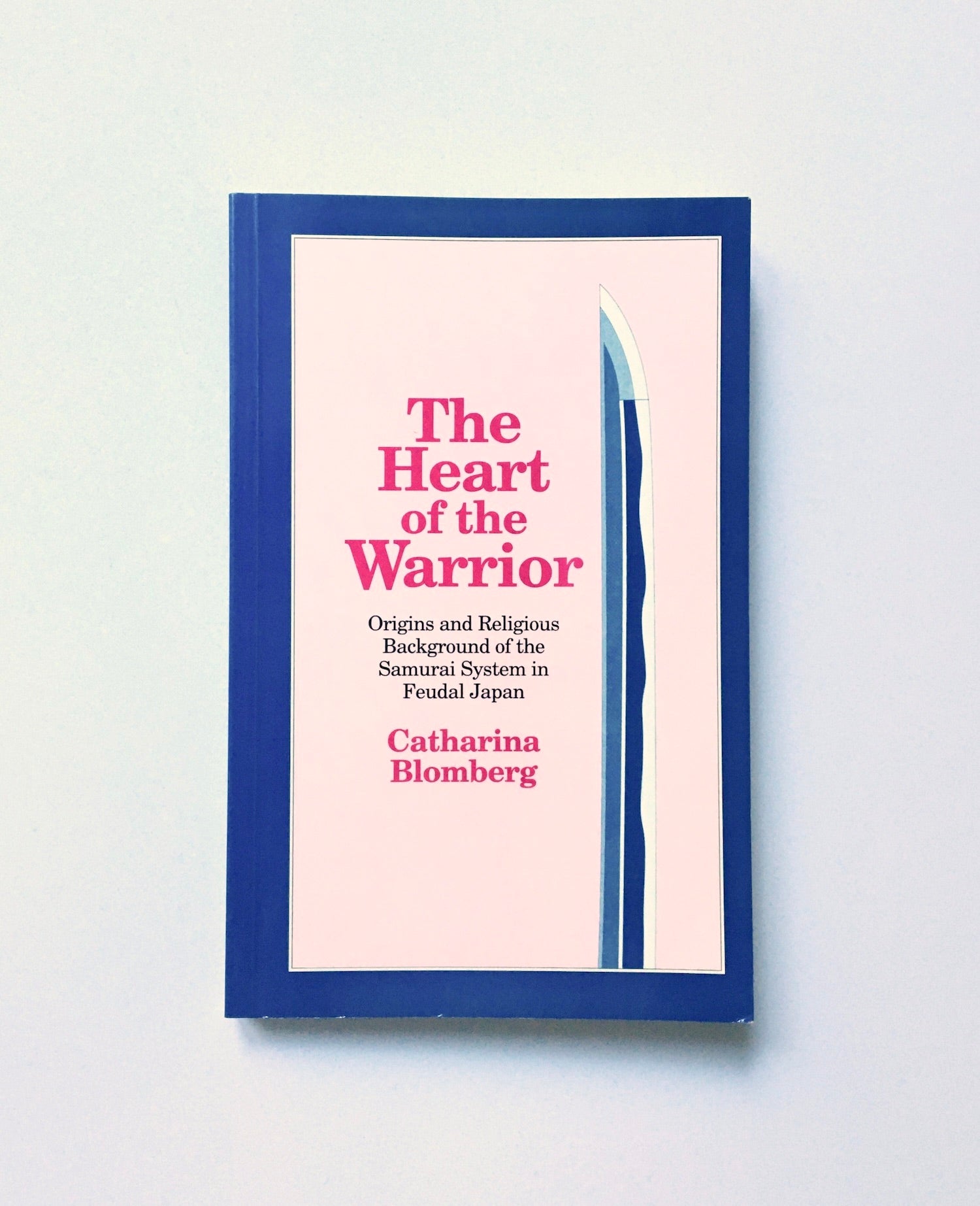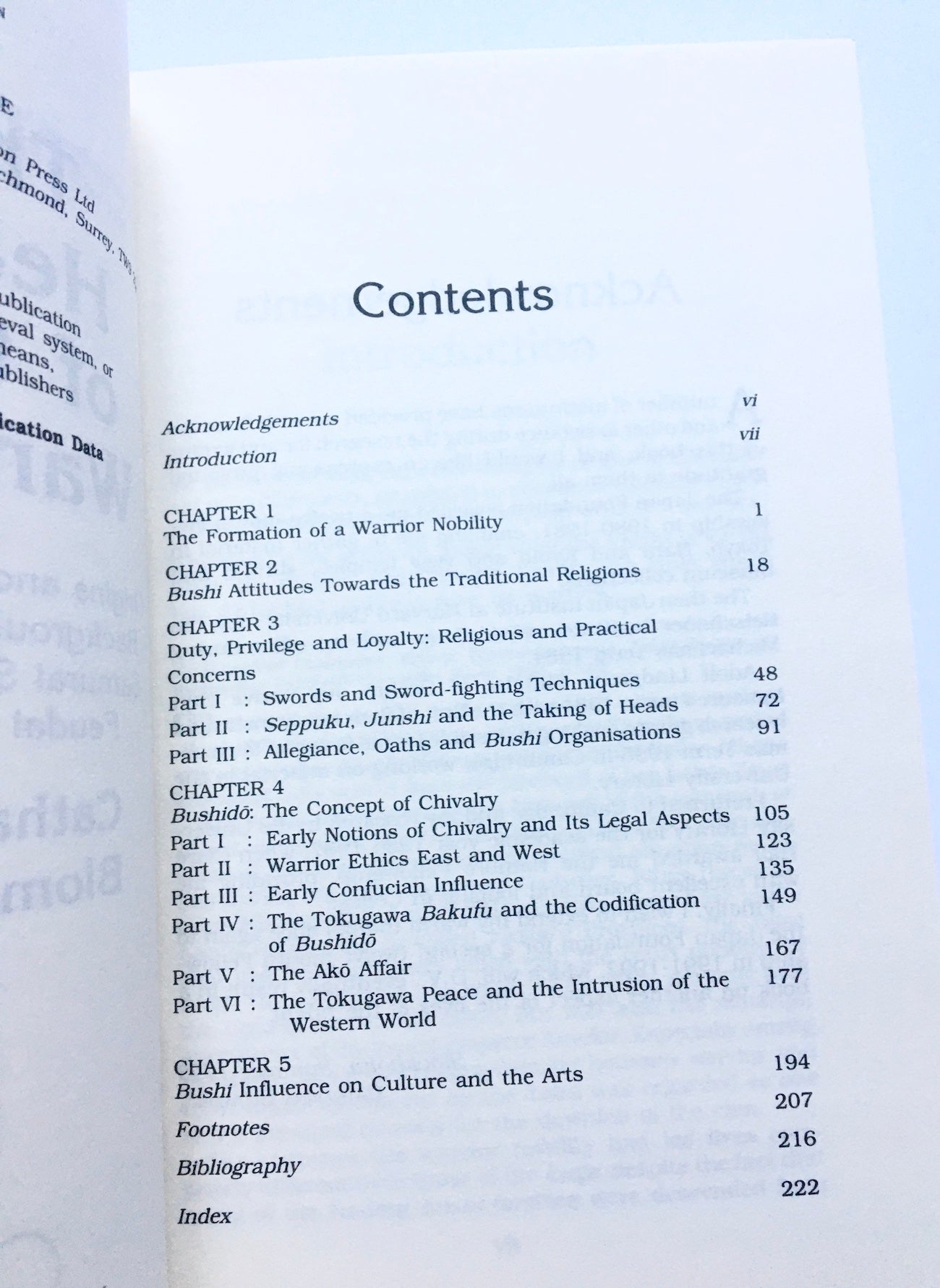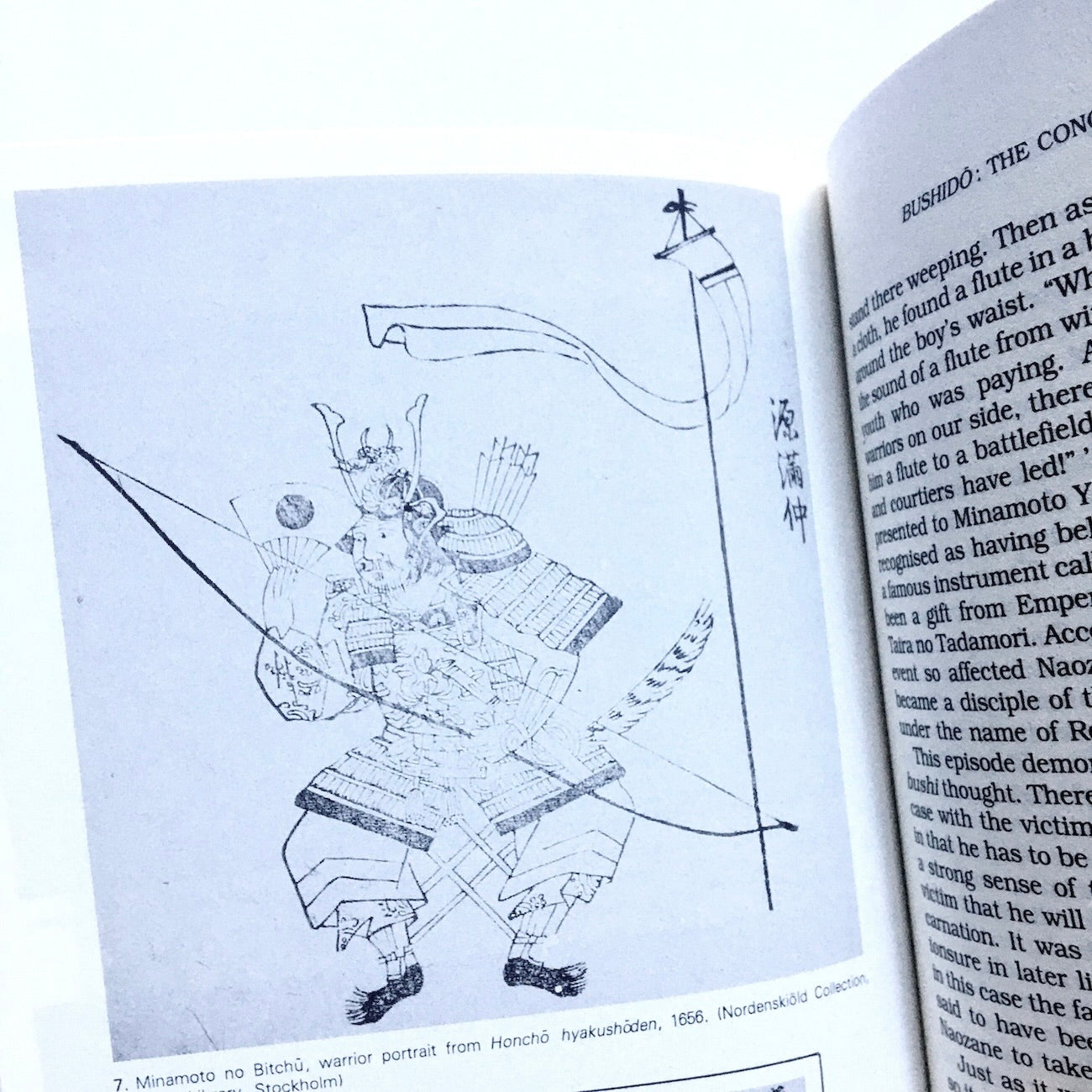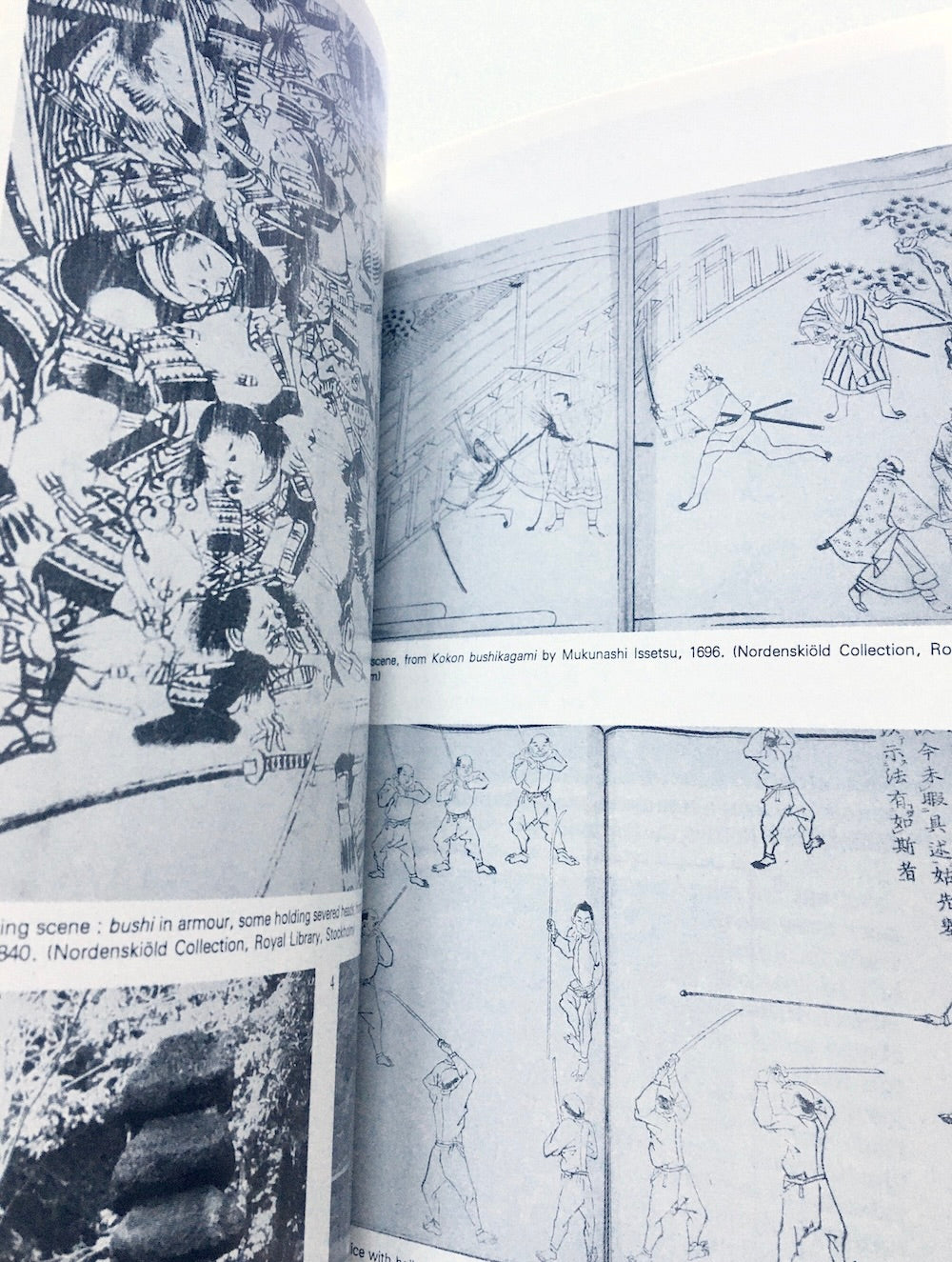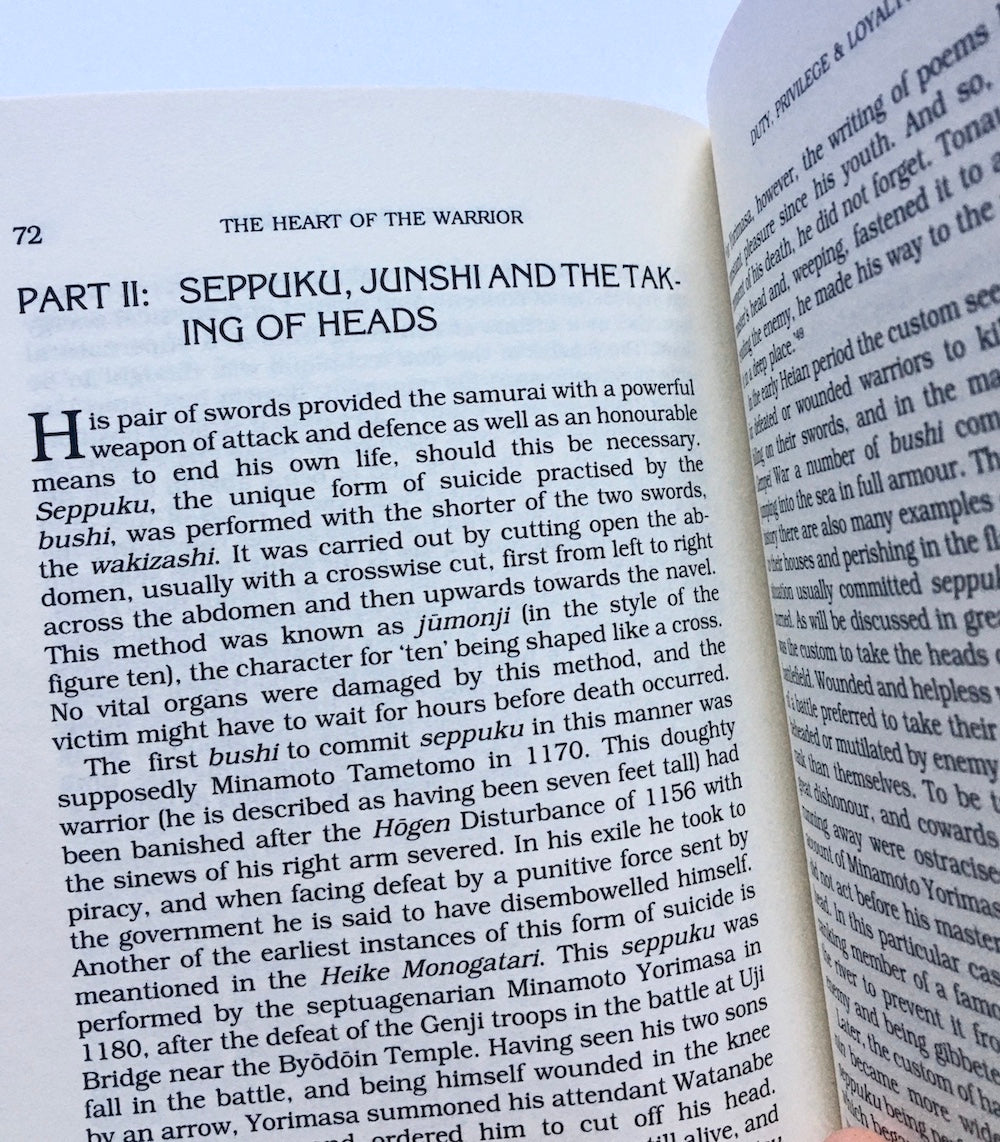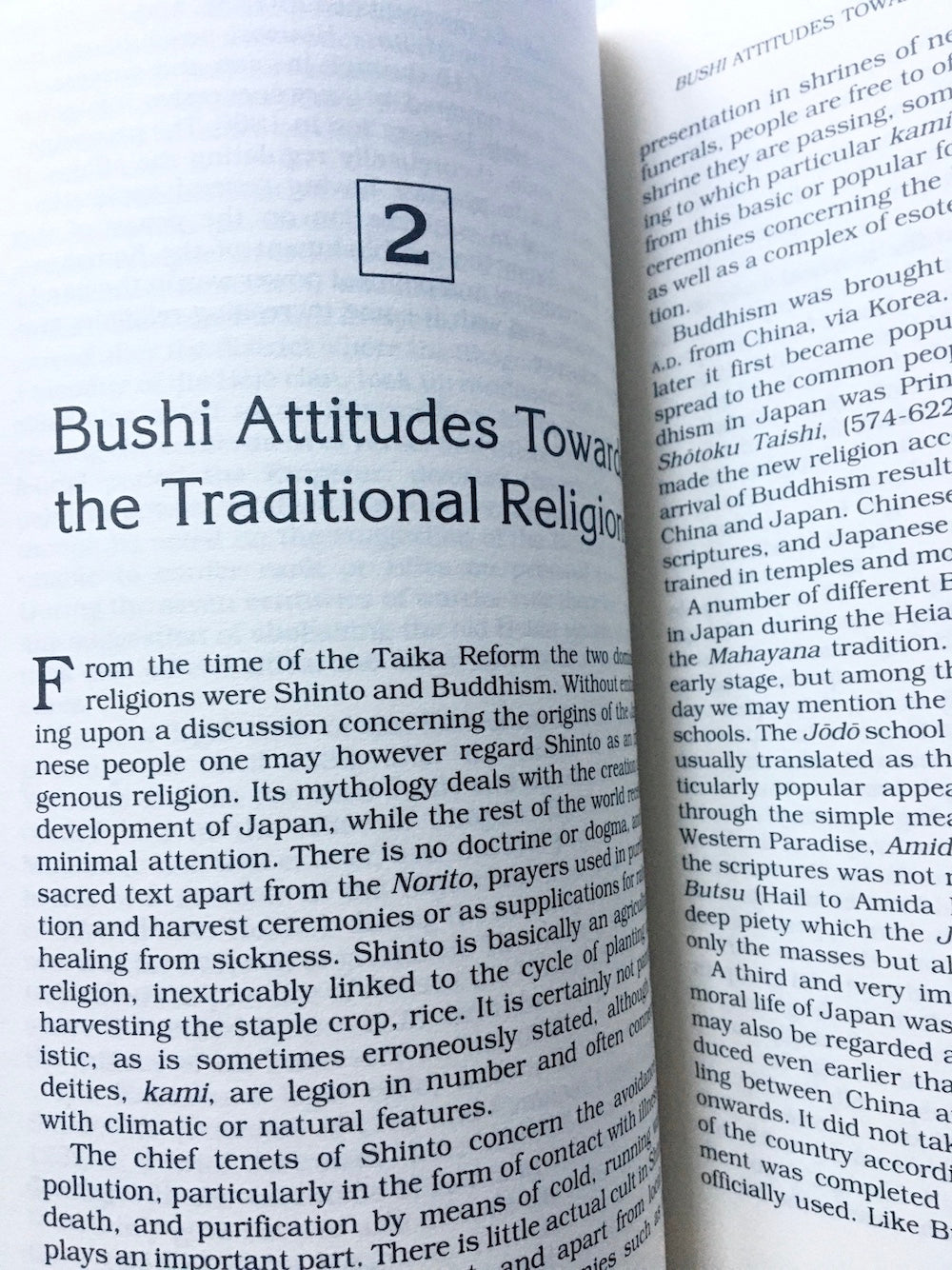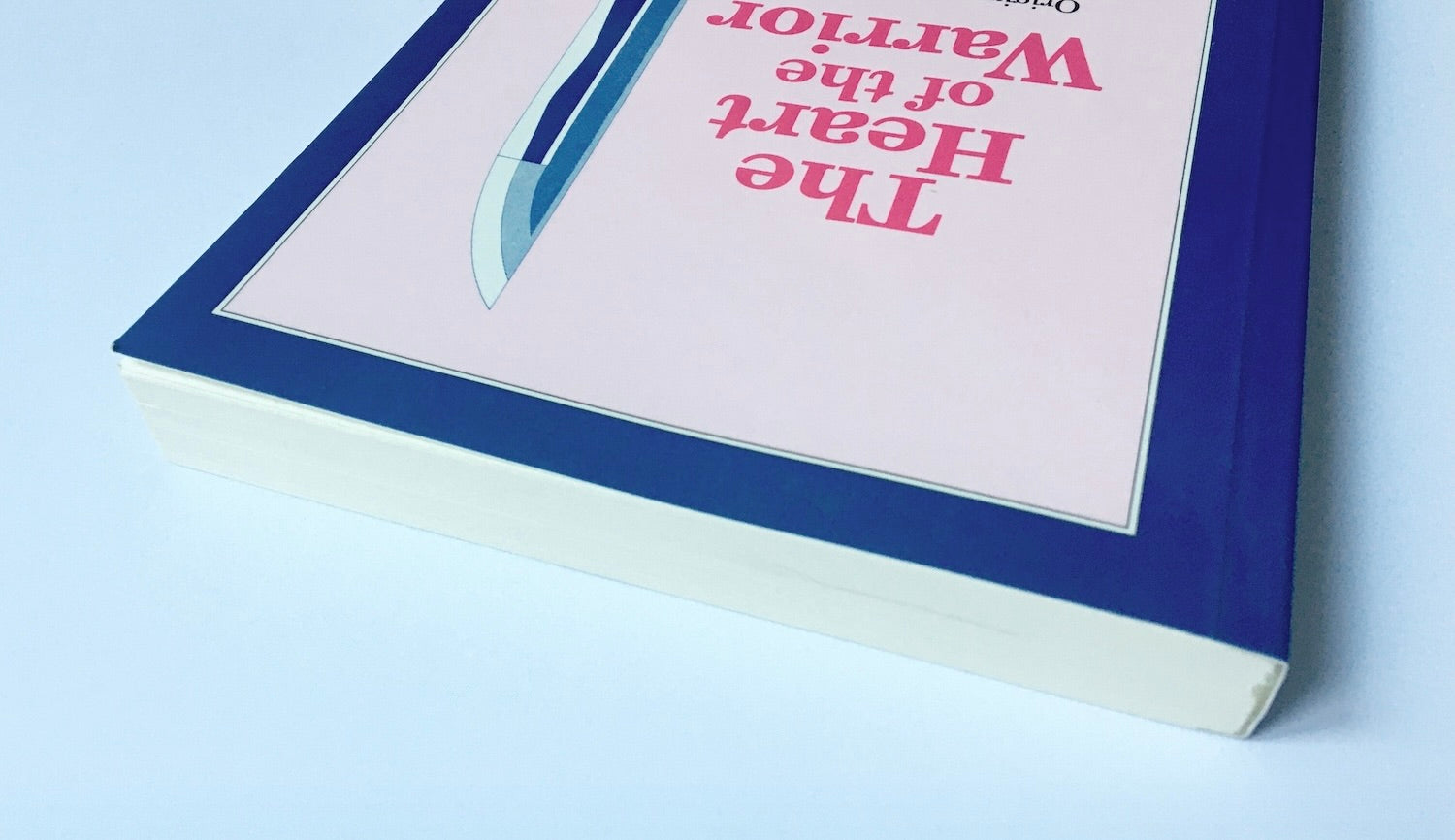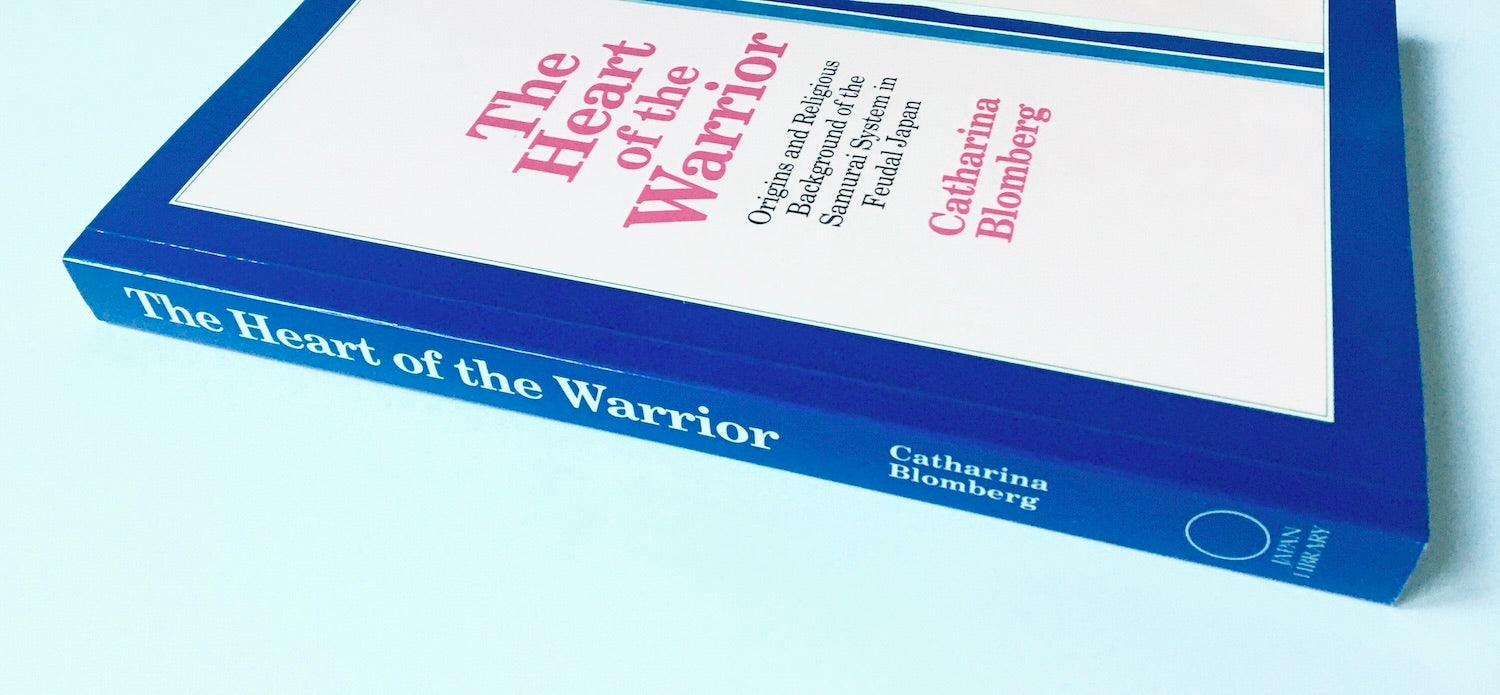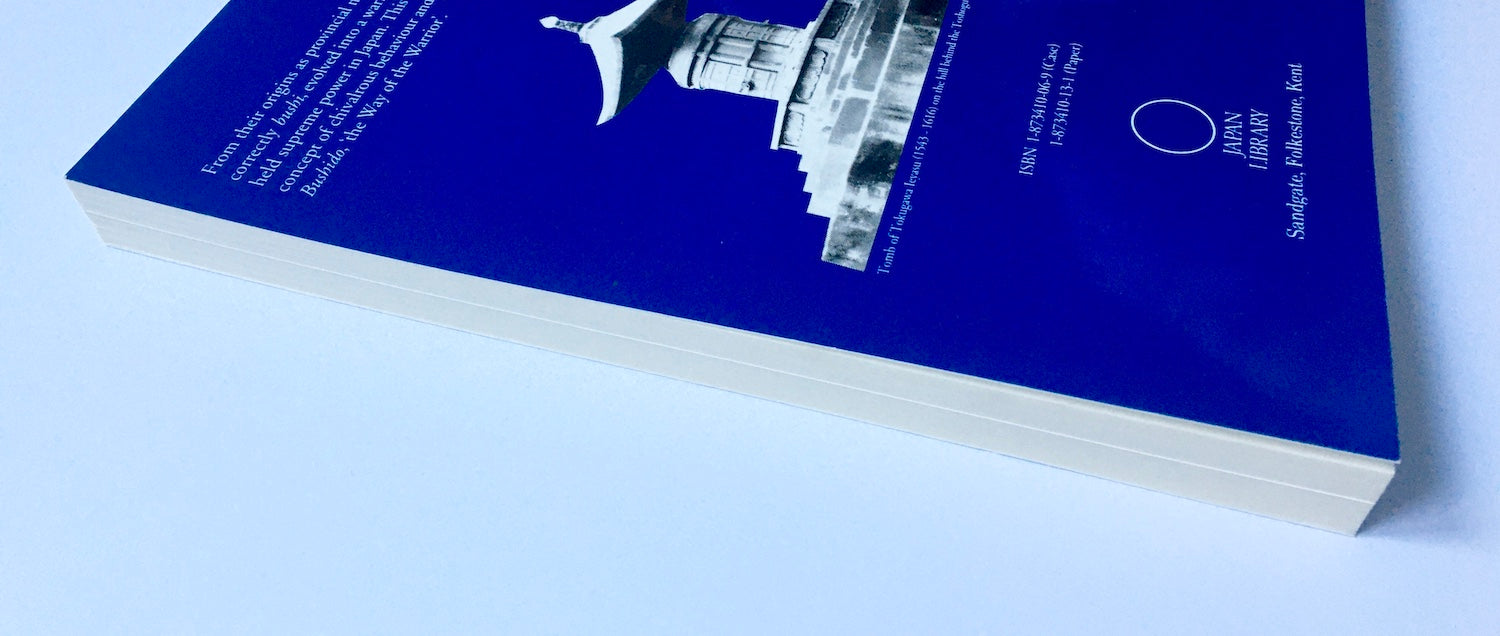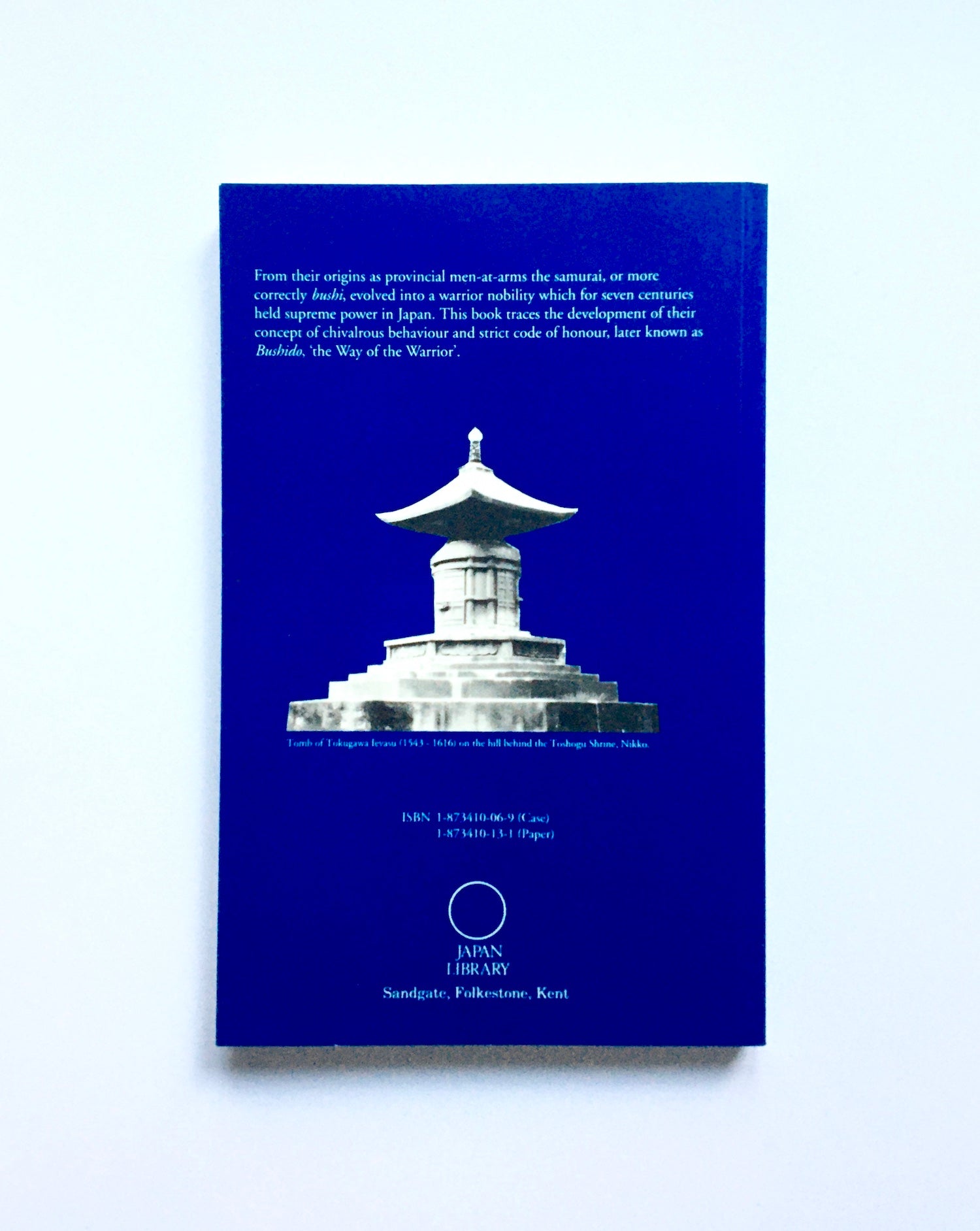The Heart of the Warrior: Origins and Religious Background of the Samurai System in Feudal Japan
The Heart of the Warrior: Origins and Religious Background of the Samurai System in Feudal Japan
Japan library
Couldn't load pickup availability
by Catharina Blomberg
From their origins as provincial men-at-arms the samurai, or more correctly bushi, evolved into a warrior nobility which for seven centuries held supreme power in Japan. This book traces the development of their concept of chivalrous behaviour and strict code of honour, later known as Bushido, 'the Way of the Warrior'.
The manner in which the bushi regarded themselves and their role in society, and the awe they inspired, has earned them an almost mythical status as well as widespread interest. The warrior ethic is examined here in relation to the three traditional religious influences, Shinto, Confucianism and Buddhism. As professional warriors the bushi contravened one of the central religious tenets, the injunction against taking life, common to Buddhism and Shinto. Observance of the principle of loyalty until death, and indeed for the duration of several existences, justified their actions.
The book analyses aspects hitherto largely ignored by scholars, such as the attitudes of the bushi themselves towards such characteristic features of their life as the sword and sword-fighting techniques, the taking of enemy heads on the battlefield, ritual suicide (seppuku) and human sacrifice (junshi and hito-bashira).
Condition: Very good
Format: Paperback
Published: 2013
Pages / Size: 226 p, 23 x 14.7 cm
Language: English
ISBN: 1873410069
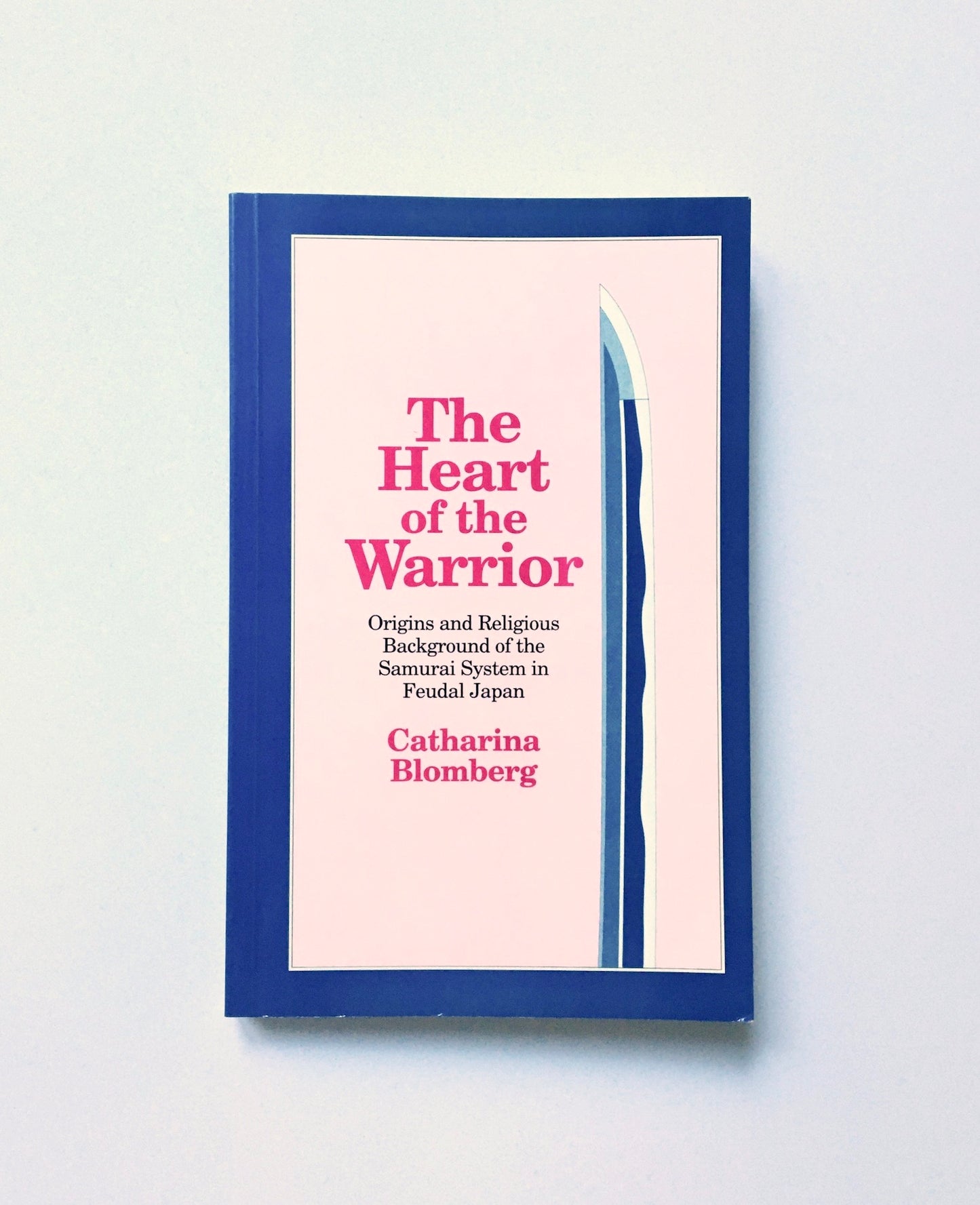
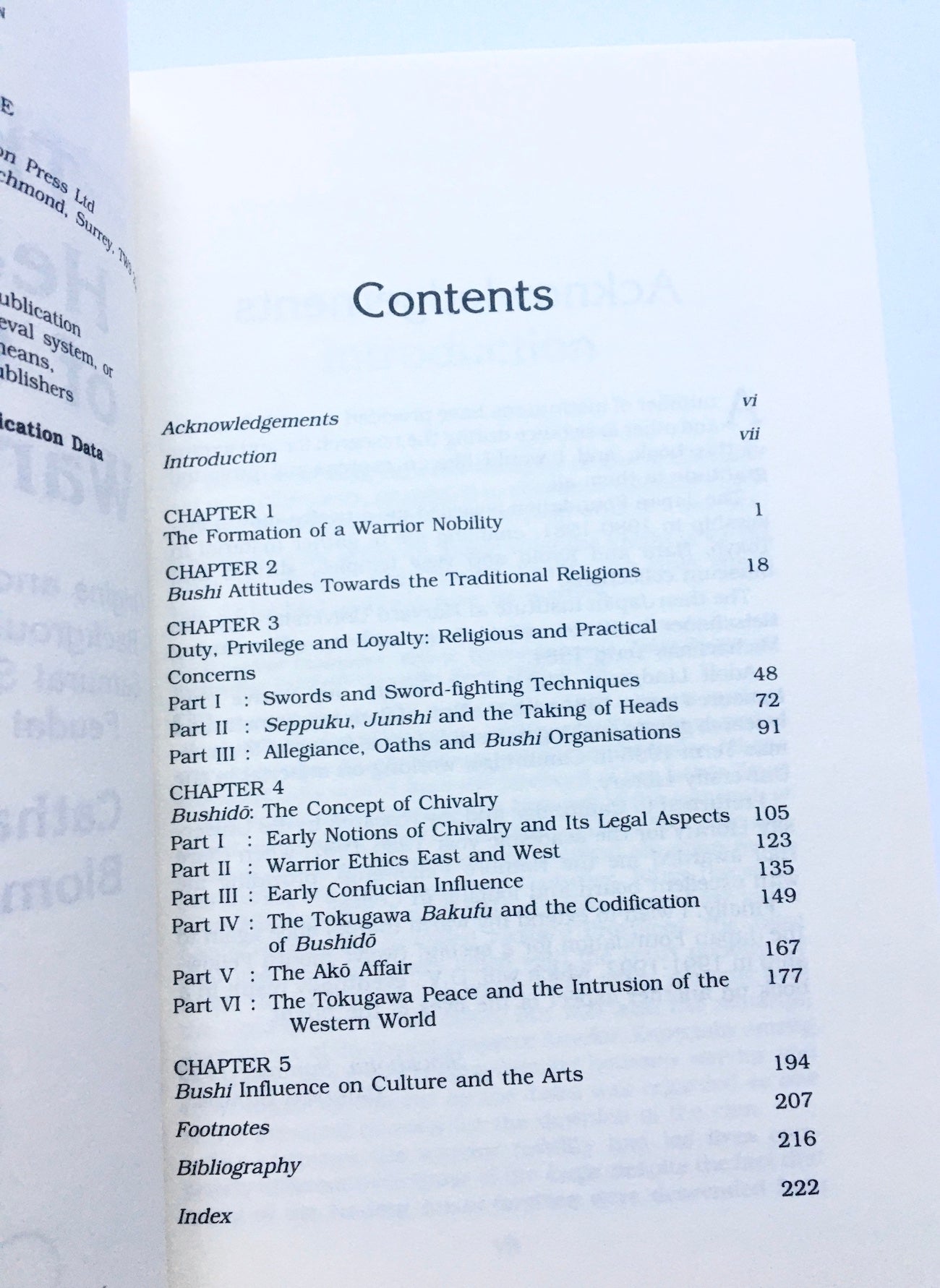
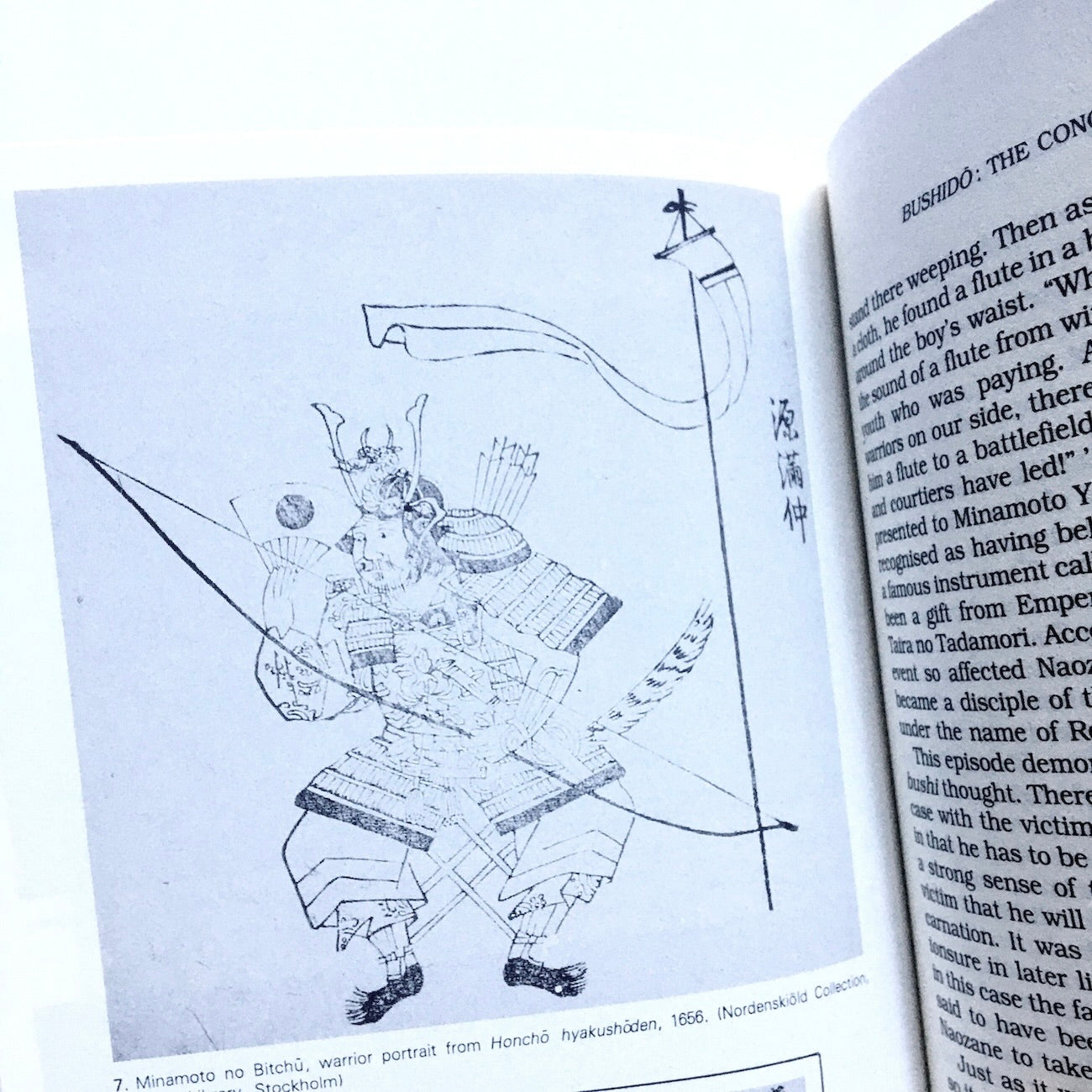
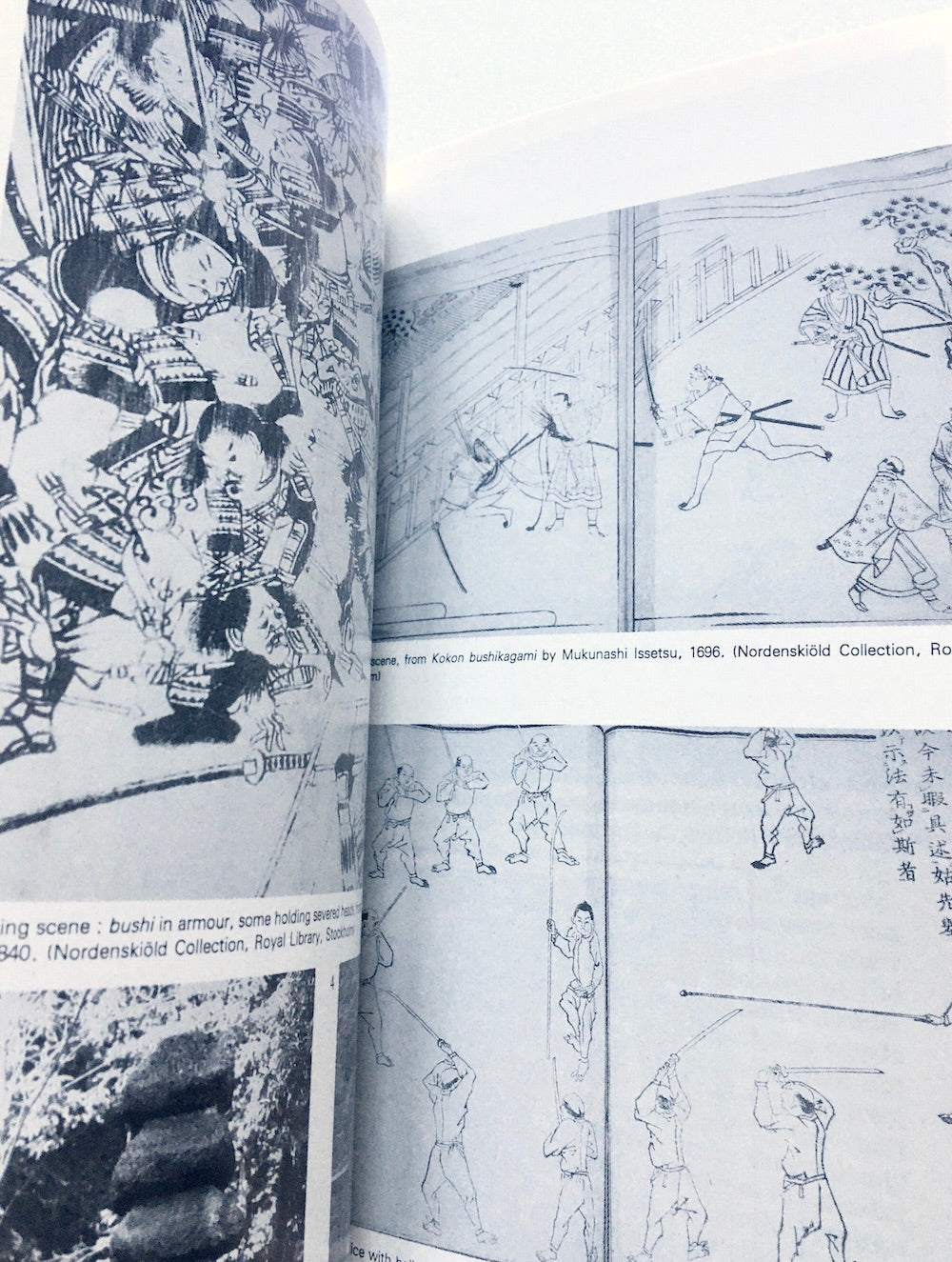
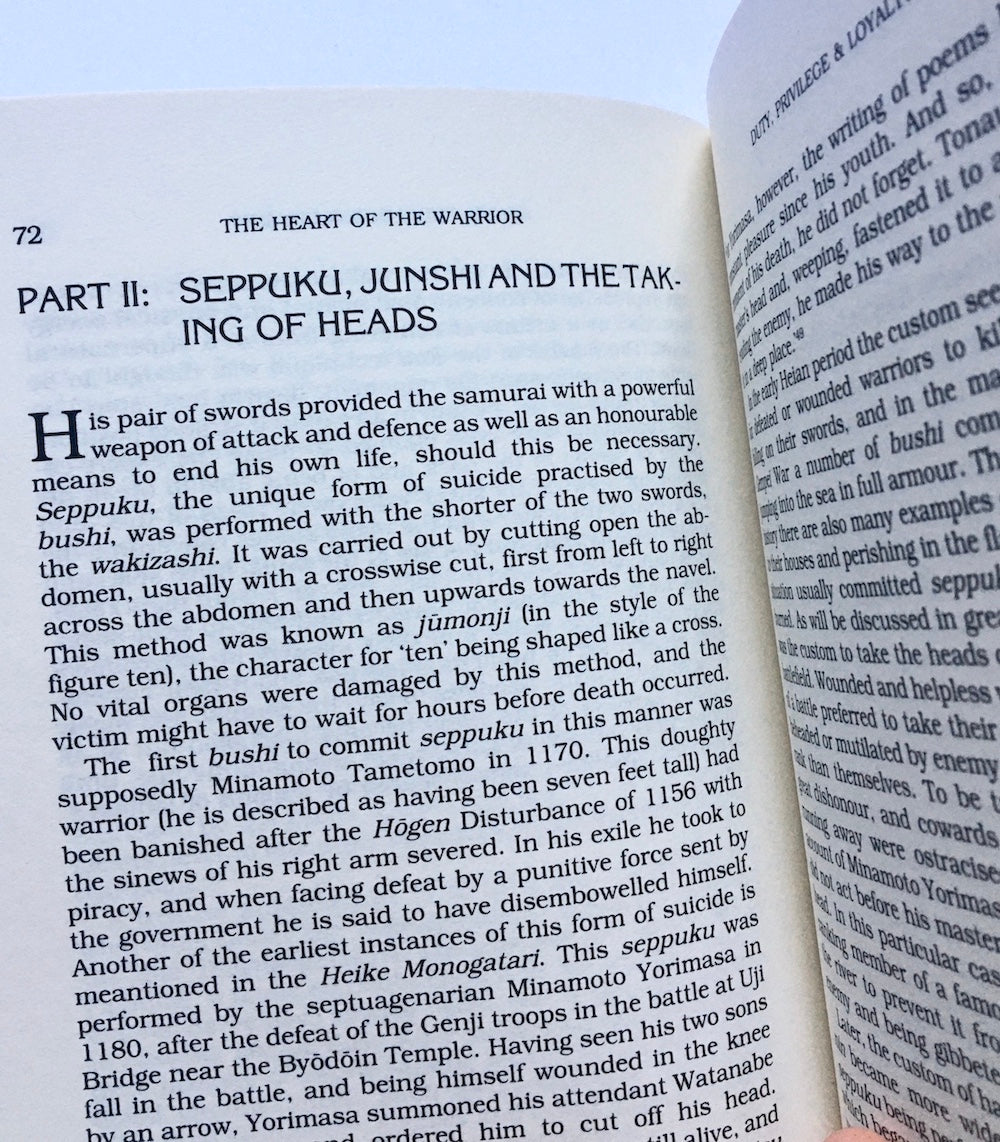
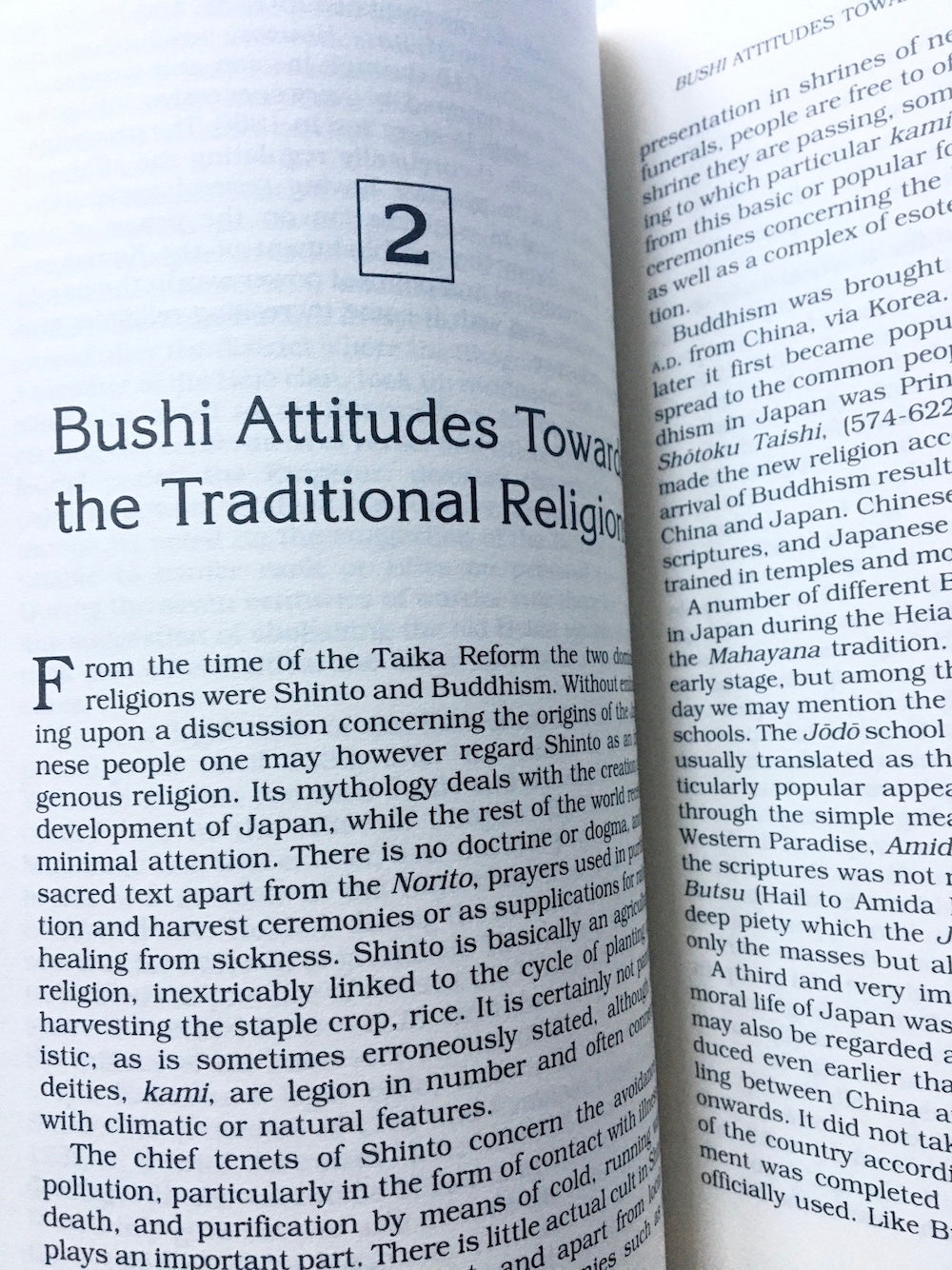
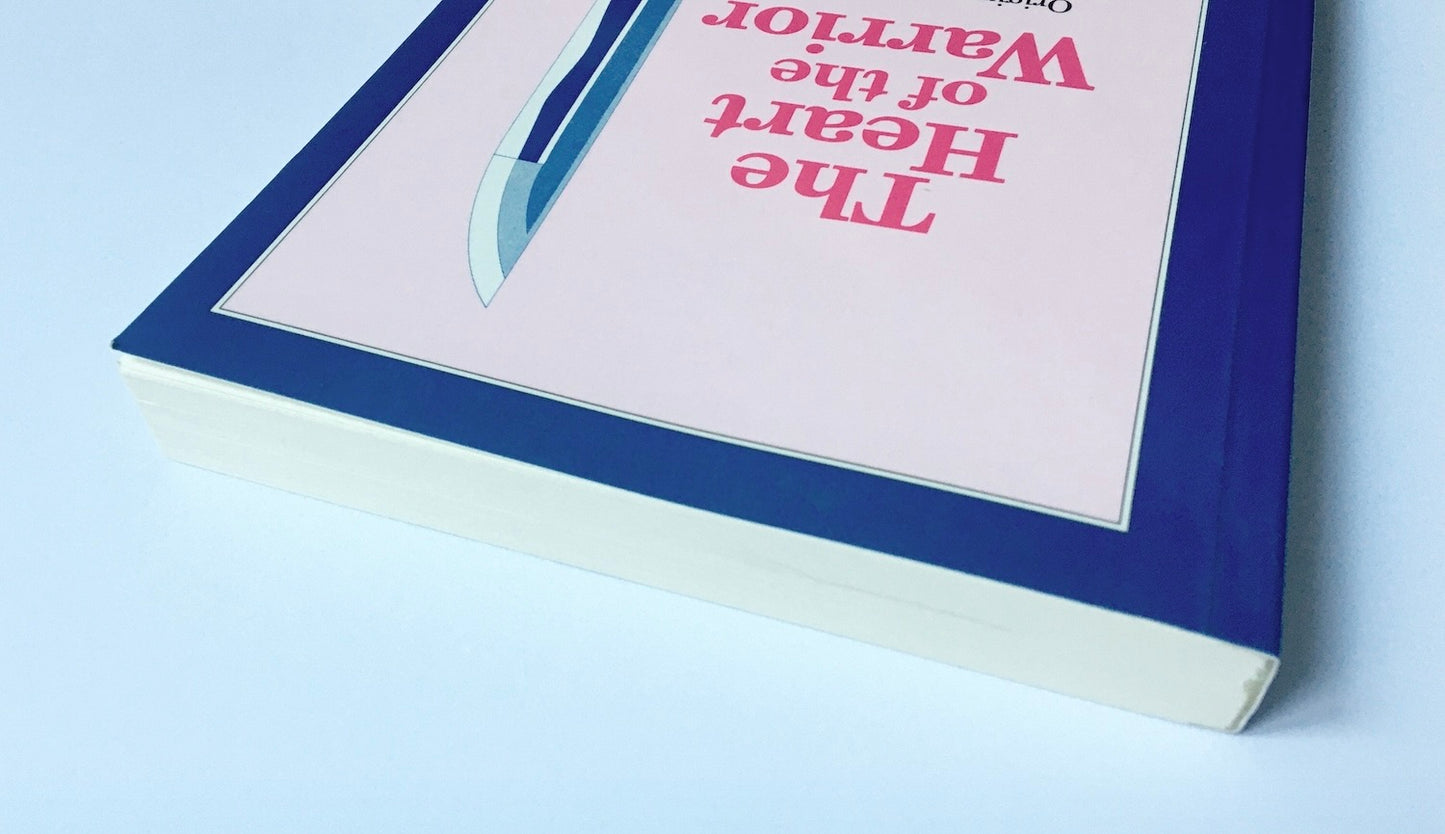
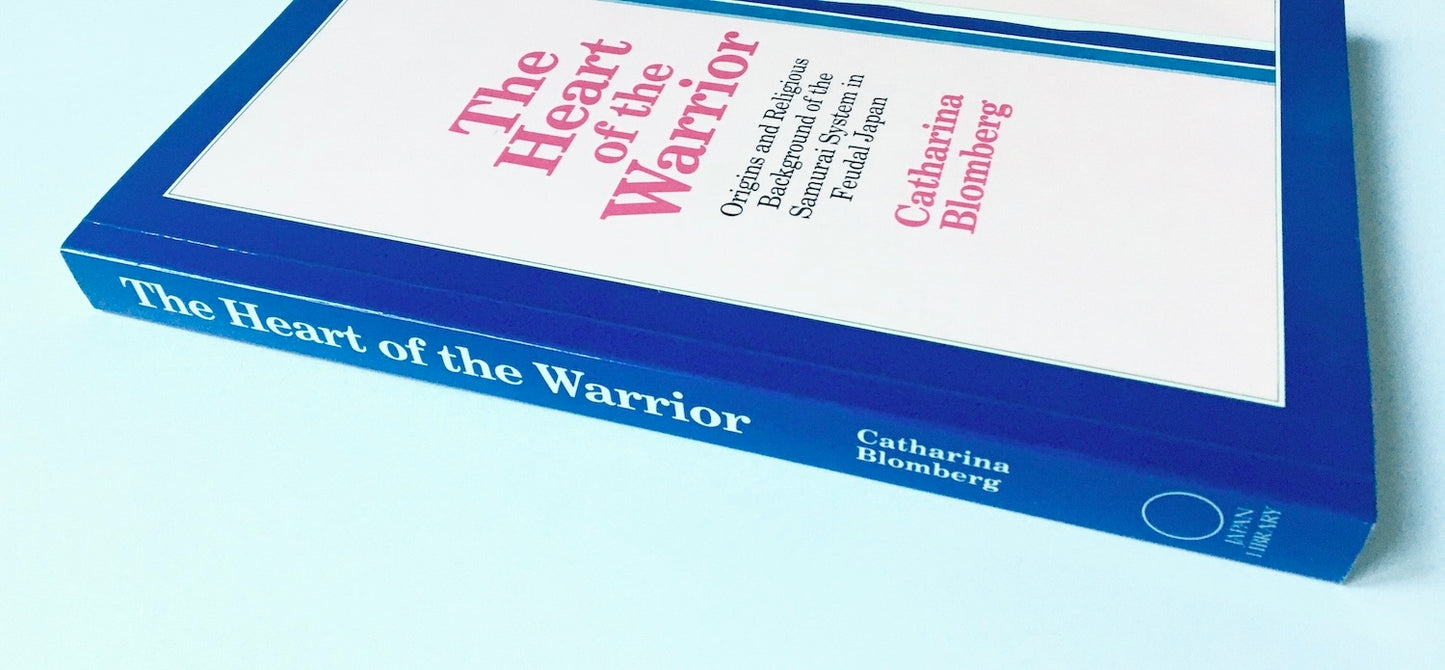
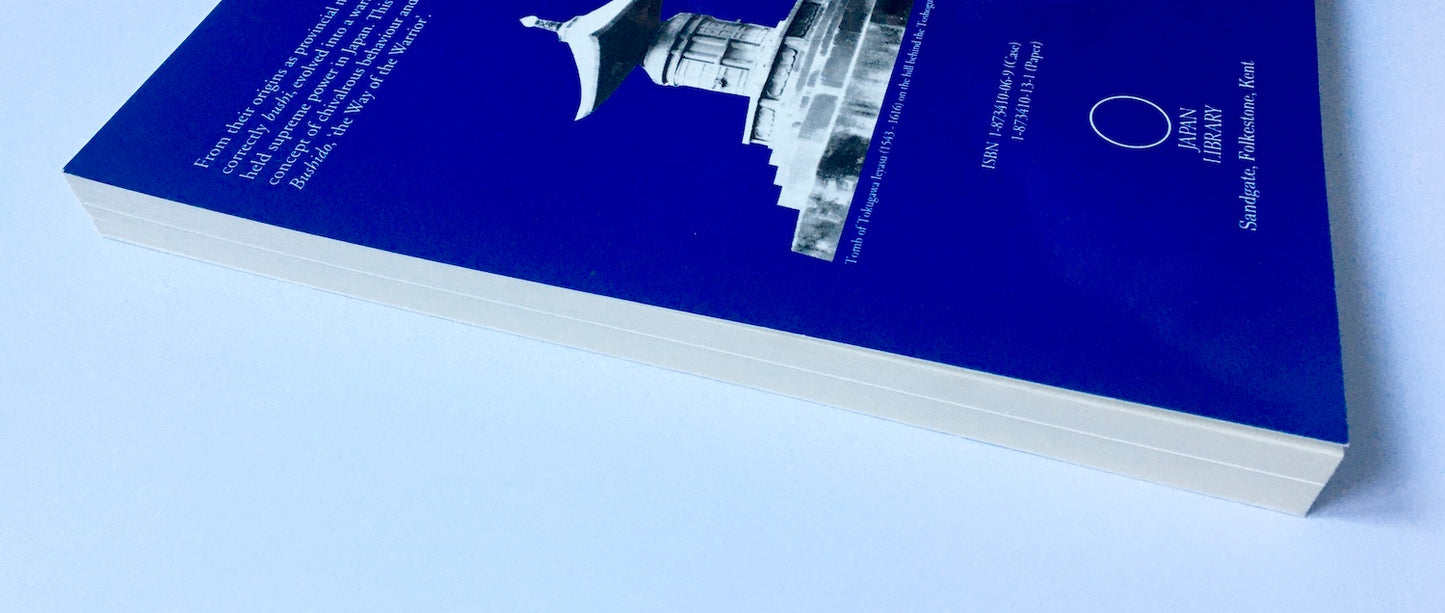
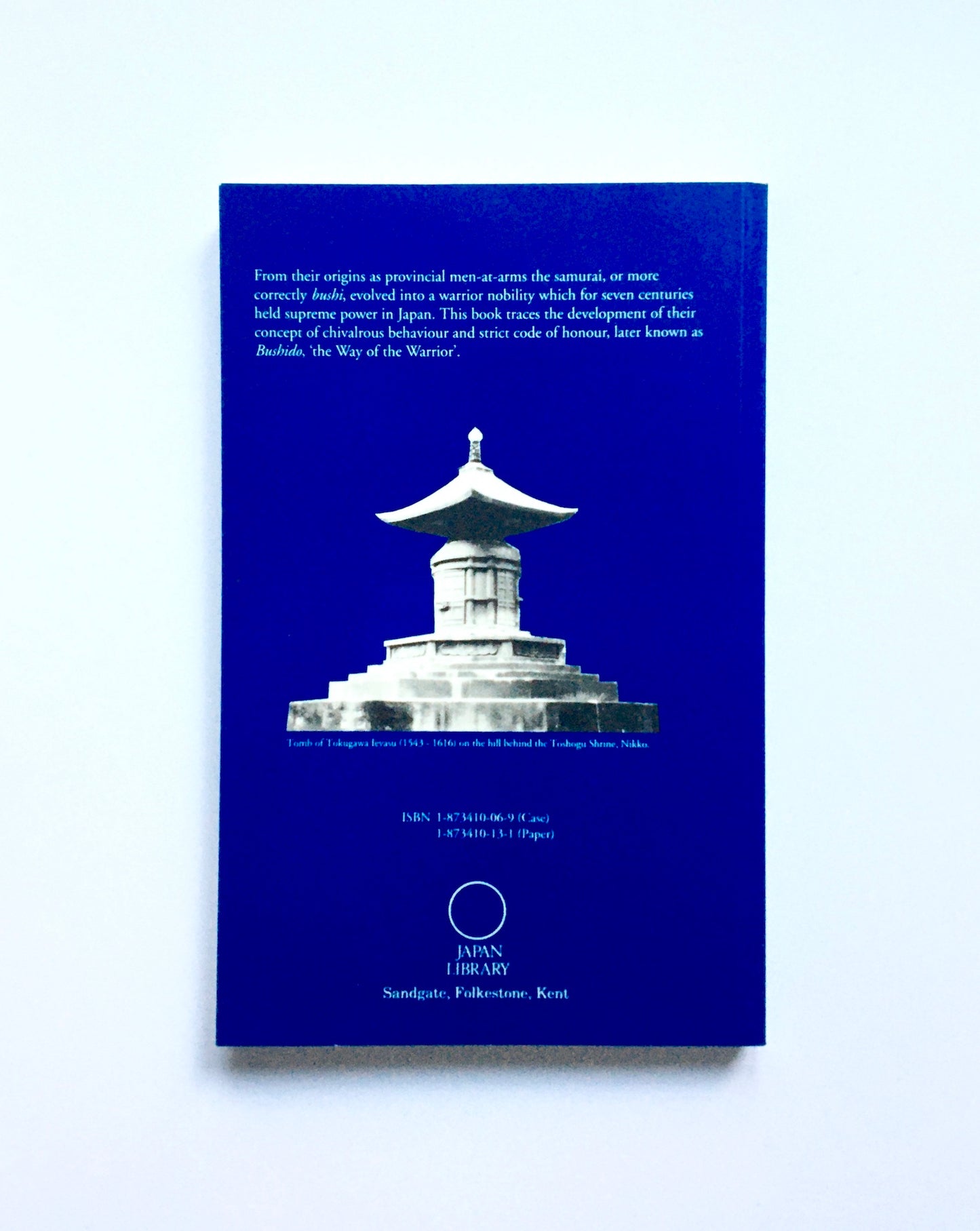
Shipping policy
Shipping cost
Free standard shipping to Germany on orders of €50,00 or more (after any coupon and sale discounts).
| Weight | Price |
| 0g - 999g | €3,50 |
| 1000g - 1999g | €6,50 |
| 2000g - 4999g | €7,50 |
Please contact us for orders from outside Germany.
Your order will be shipped after we receive your payment.
Unless otherwise specified in the respective offer, the goods are delivered domestically (Germany) within 3 - 7 days after the conclusion of the contract (if advance payment has been agreed after the time of your payment order)
Please note that there will be no deliveries on Sundays and public holidays.
If you have ordered items with different delivery times, we will send the goods in one shipment, unless we have made a different agreement with you. In this case, the delivery time is determined by the item with the longest delivery time that you have ordered.
If you have further questions you can contact us anytime using the contact details found in the legal notice.
Collapsible content
◎ Books Condition Guide
- New : This is a new book, unused, unread copy in perfect condition.
- Very good: A book that looks new but has been read. Cover has no visible wear. No missing or damaged pages, no creases or tears, and no underlining or highlighting of text, and no writing in the margins, possible very minimal creasing.
- Good : The book has been read but is in good condition. It has very minimal damage to the cover, including scuff marks. The binding has minimal wear. The majority of pages are undamaged with minimal creasing or tearing. There are no missing pages. A book in fair condition, the text pages and illustrations will be complete. It may also be worn or show some early signs of splitting internally at the spine. A fair dust jacket will likely have some creases or chips or small tears and may be dirty.
- Acceptable : A worn book that has complete text pages. Binding, jacket (if any) will be worn. Spine may be warped with cracking and scuffing.
This copy may be soiled, stained, spotted, discoloured and browned or creasing Pages. Markings and note taking do not interfere with reading. May be some water damage and cover slightly torn.

